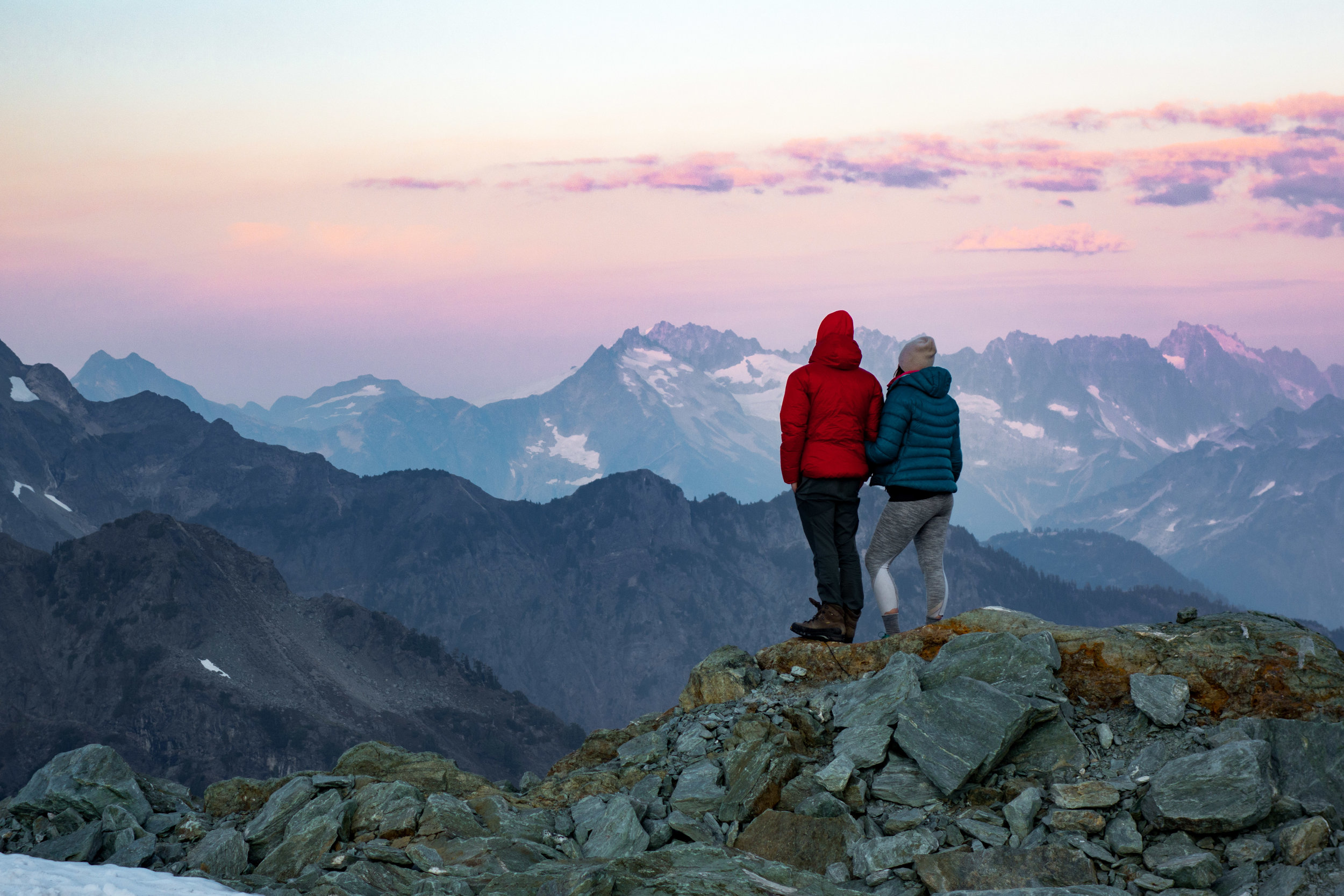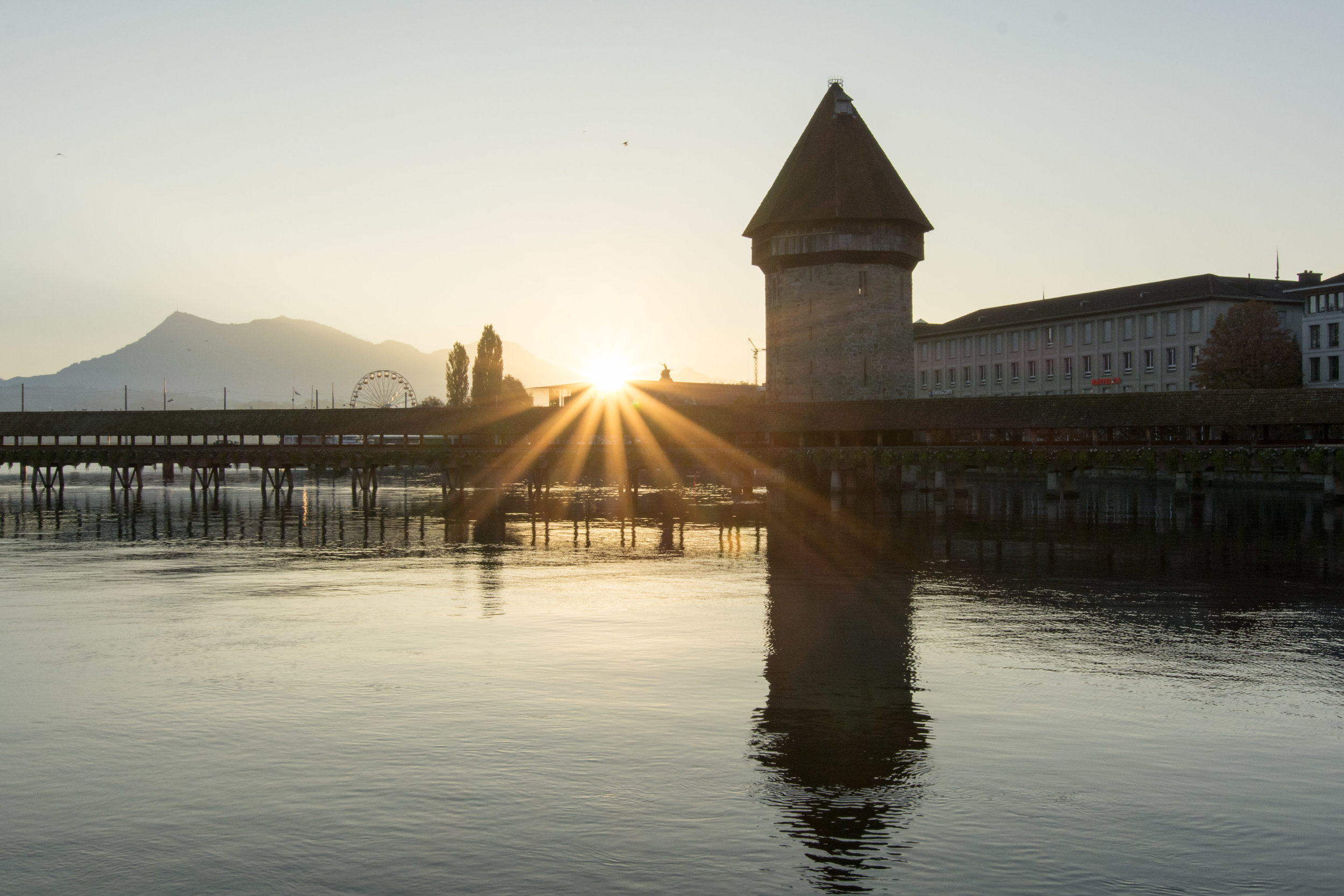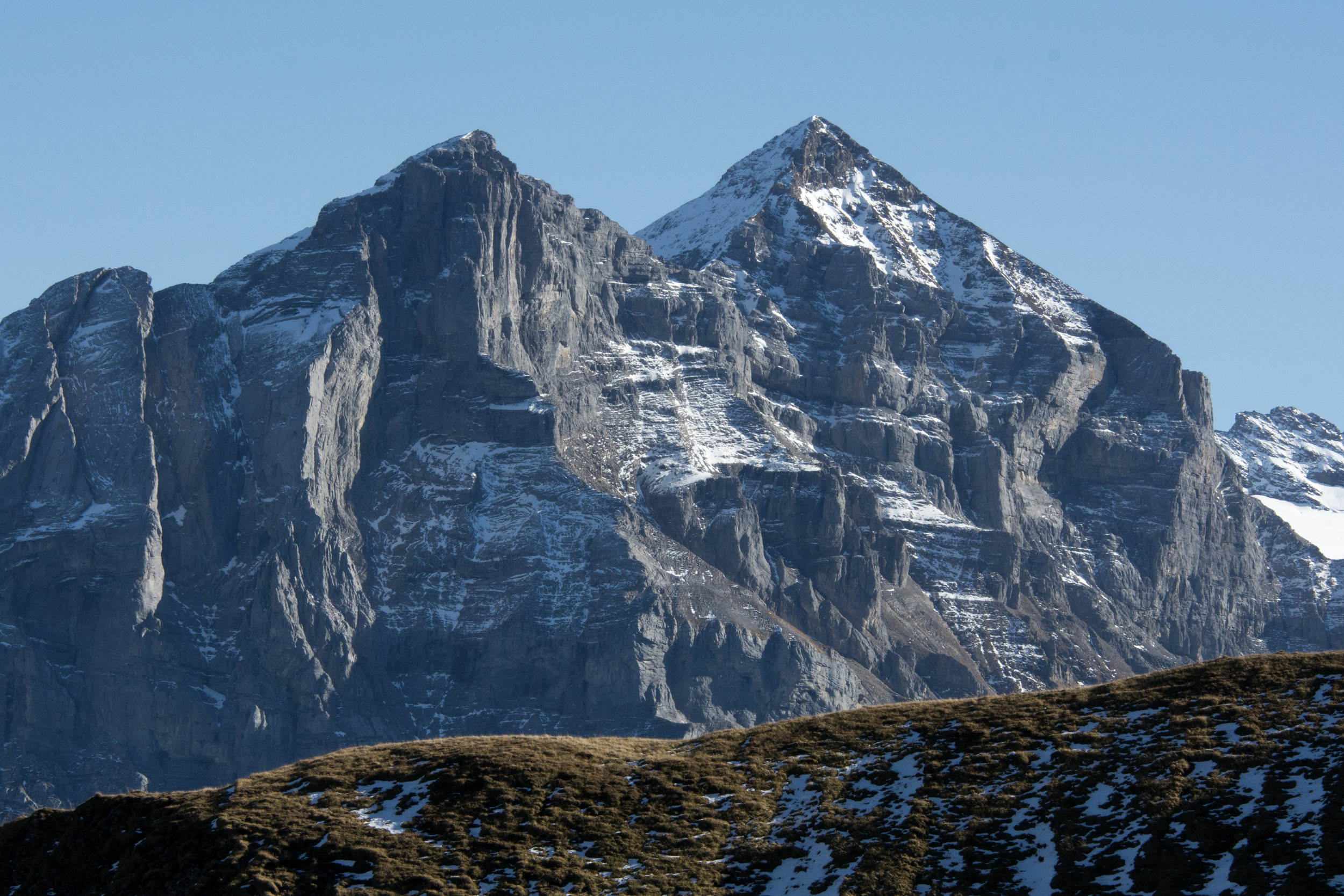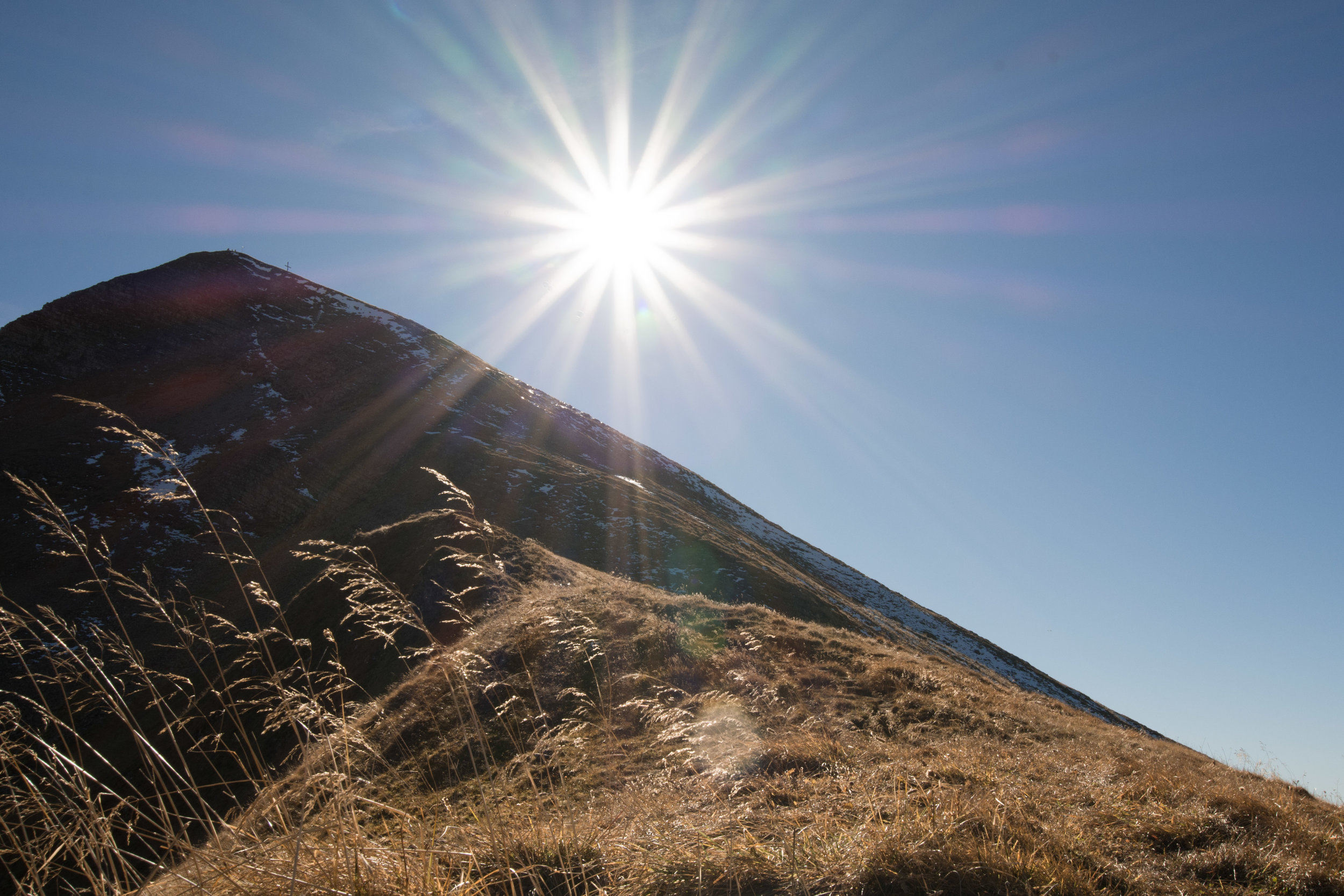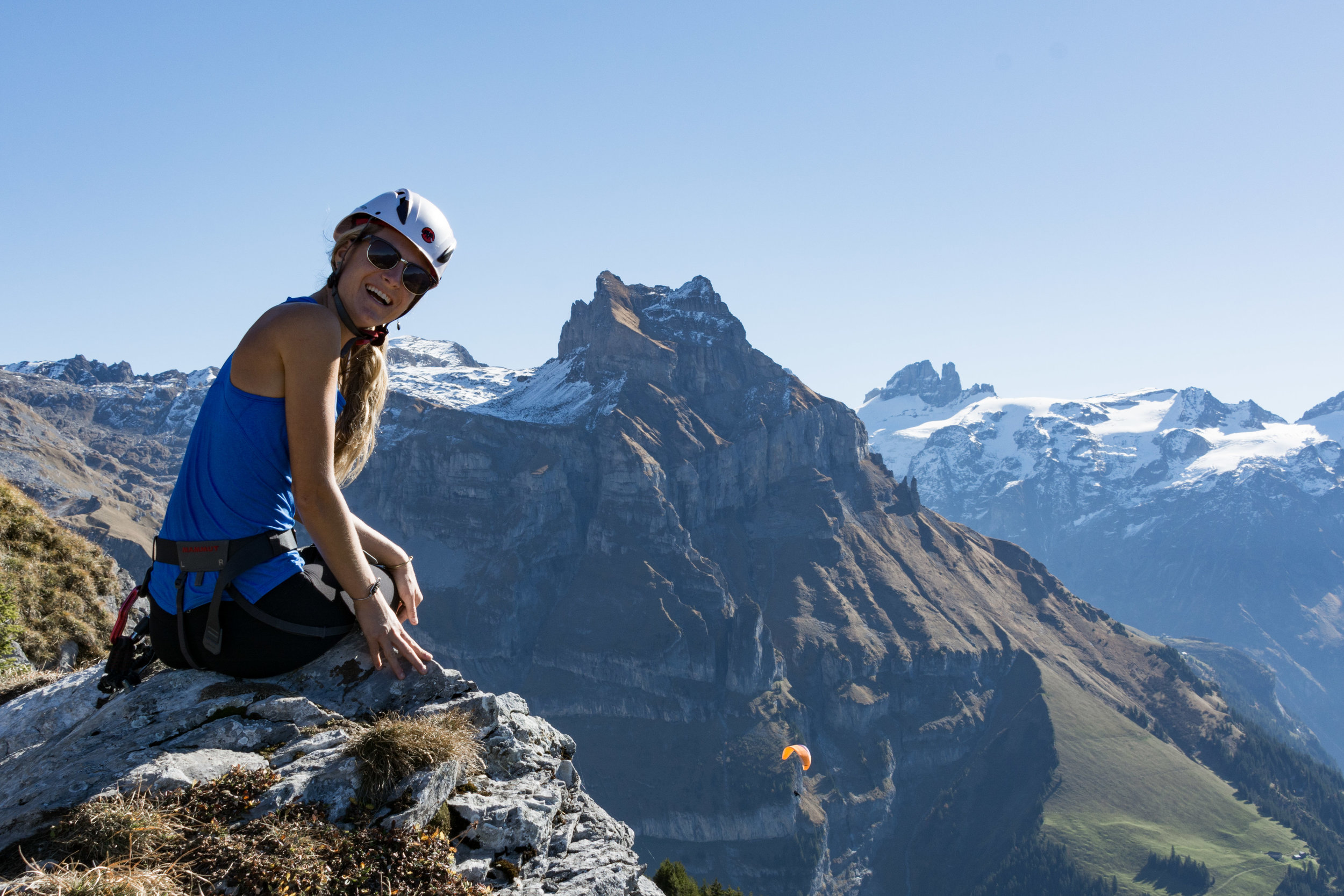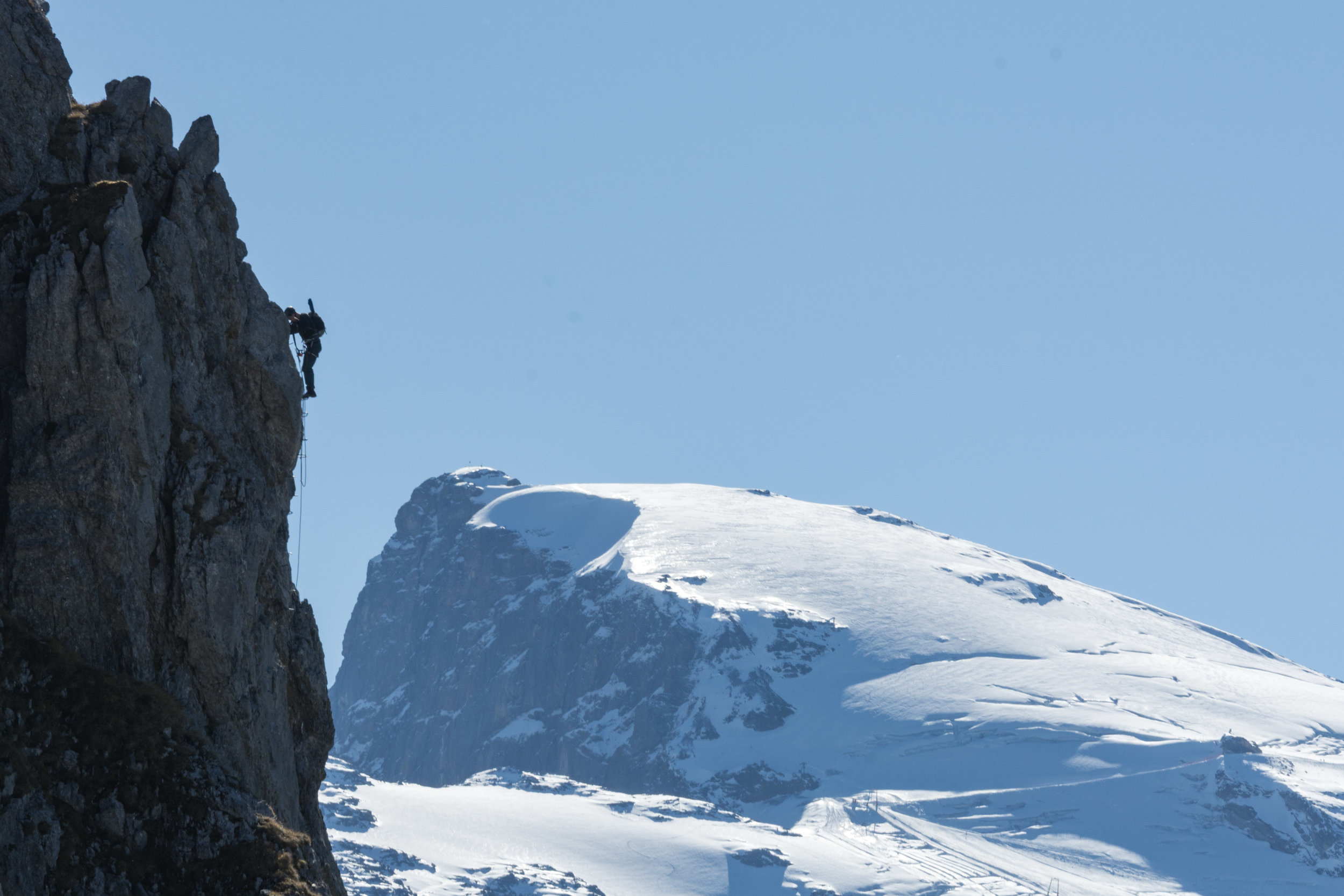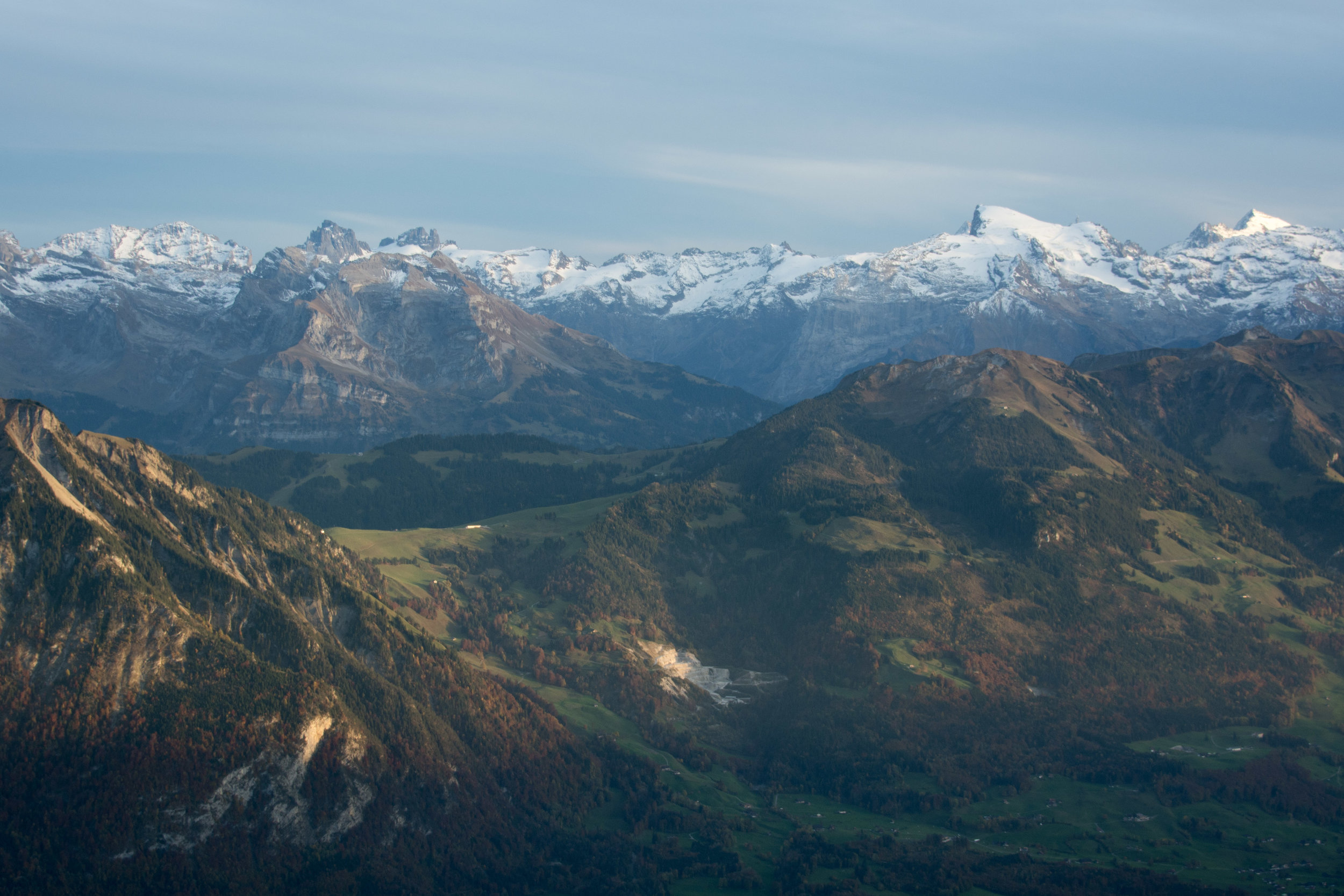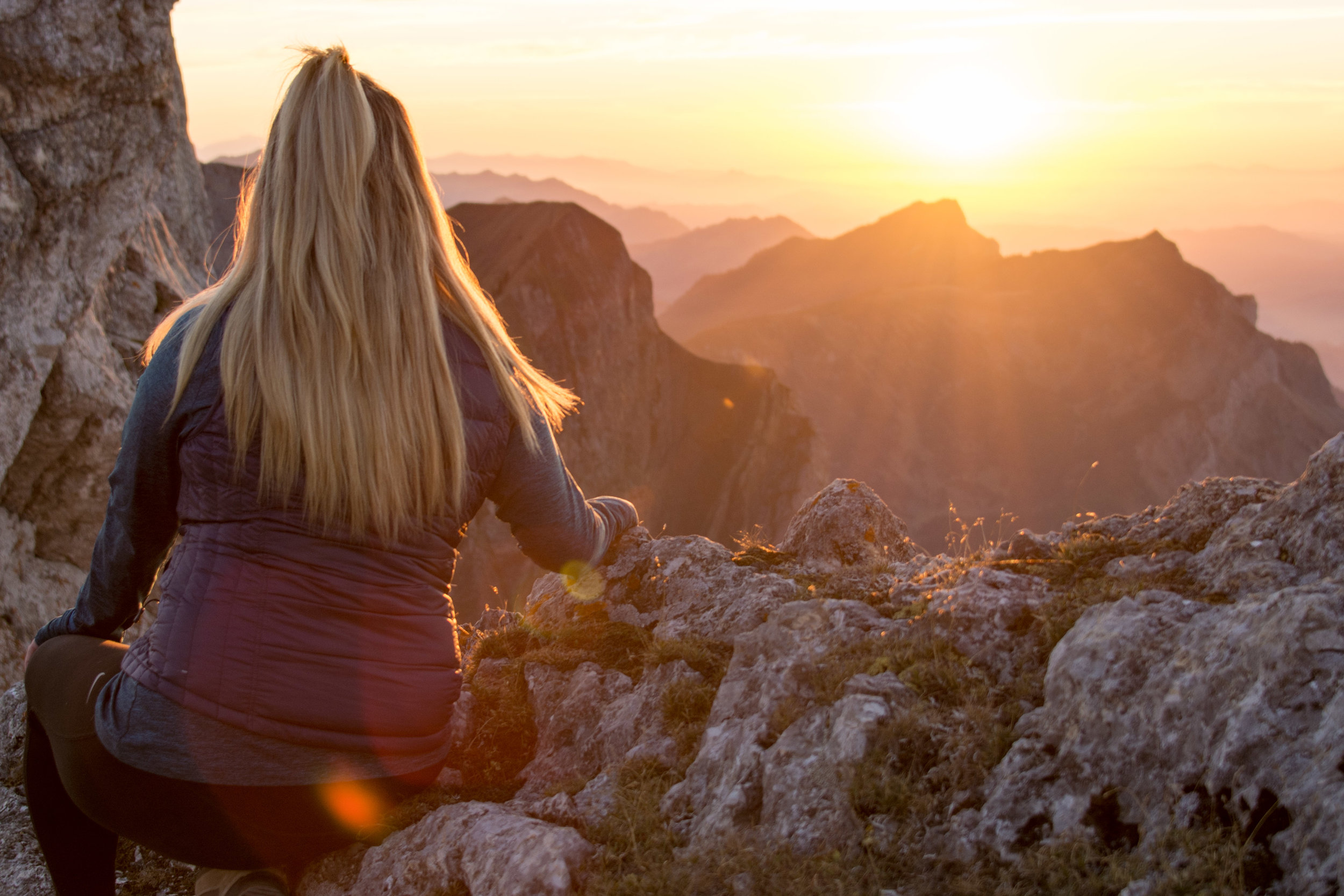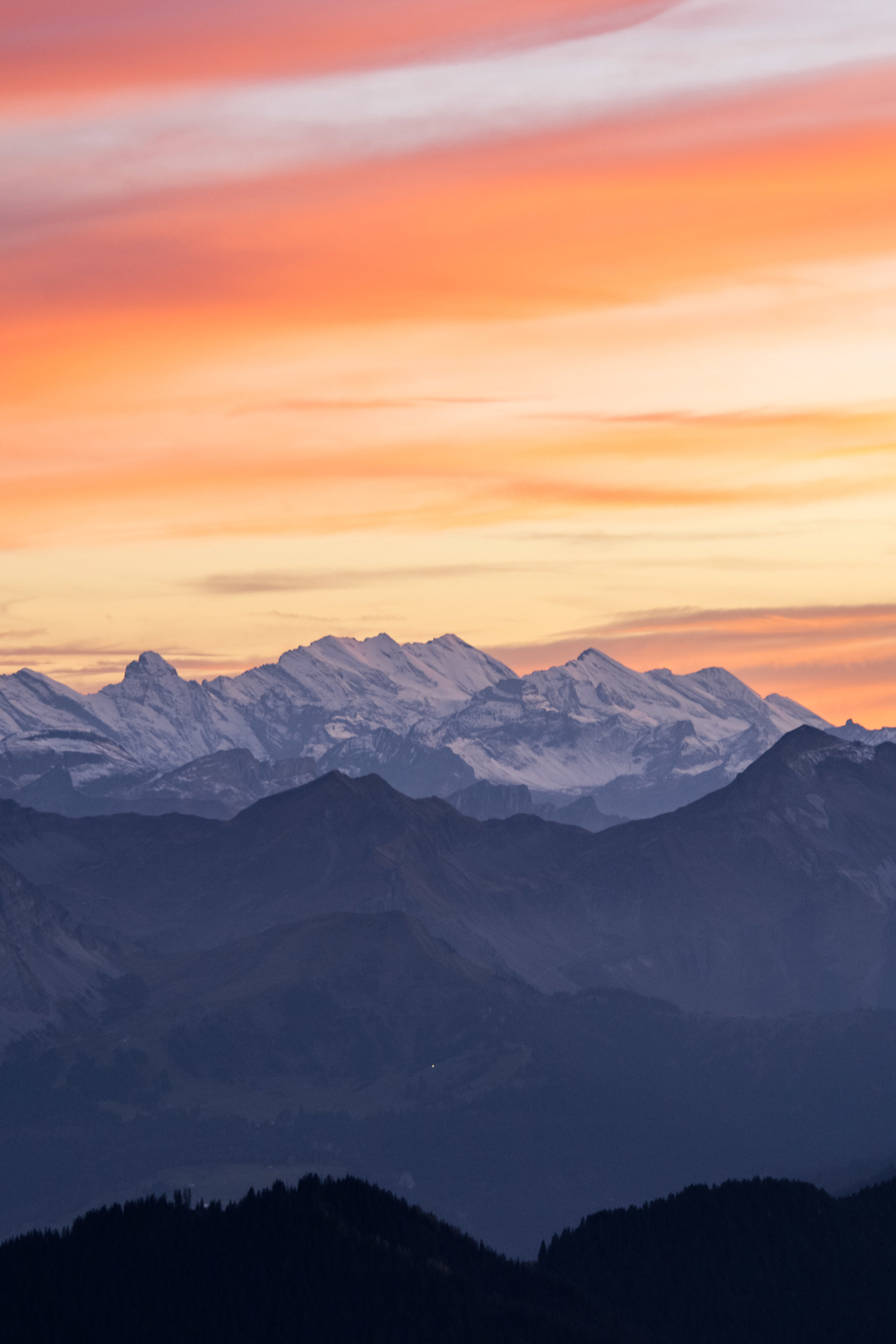I love camping in the snow. There’s something about the snowy landscape that creates a quiet hush, as if the entire world is breathing deep. Plus, it opens up terrain that you can’t usually camp on by creating a thick, protective layer over otherwise delicate vegetation.
That said, I recognize that it can be a bit intimidating to jump in. Do I need a 4-season tent? What do I wear? How do I pick a site? Will the abominable snowman eat me?
In the interest of answering some of these questions and getting more folks outside, I thought I would pull together some information for you to take a peek at. It’s not an exhaustive guide, but it’s enough to get you started!
Gear
This is probably the part that seems the most intimidating. Contrary to popular belief, you don’t need to go out and buy all new stuff to go snow camping, but you may need to get a little innovative in your approach. You can use your 3-season tent if winds are less than 20 mph and there's not a forecast for heavy snow, and you can supplement the gear you have for a fun, comfortable night out. Consider borrowing, layering, and renting if you do need to supplement but you're not ready to invest in new gear and take it from there! You can view a complete gear list HERE (shout out to Teresa Hagerty for her incredible work on this list)!
Destination, Destination, Destination
If it’s your first time snow camping, I recommend waiting for a fair-weather day and selecting a location that involves a short hike in to camp. That way, you can test your skills and gear with the firm knowledge that if something goes awry, the car is just a short jaunt away. Wait for a weekend with temps hovering in the 20s to low 30s and a wind forecast that’s less than 20 mph. Make sure to check the avalanche forecast, and please only venture out if you find the risk acceptable and you’re comfortable assessing terrain for safety.
If you’re in the PNW, Mount Rainier is a great spot for your first attempt. You can snag a permit on the same day you arrive (unless you have a large group) and head out to pick a spot. Be sure to check the regulations and rules for your intended destination and be cognizant of important details like seasonal road closures.
Site selection
Site selection is critical for a successful snow camping adventure! When you arrive at your destination and begin your hike/snowshoe/tour up, you’ll want to keep your eyes open for the following things before setting up camp:
- not under or above avalanche terrain
- far enough away from any trees to avoid tree wells and tree “bombs” (hunks of snow that fall from the branches and run the risk of breaking your tent)
- not above creeks, lakes, or water (with few exceptions)
- avoiding terrain depressions which can trap cool air in your tent
- at least 200 feet from any trails and water sources
If you’re below treeline, look for a nice flat spot with a lot of snow and vegetation that provides a windbreak. If you’re above the treeline, you have less vegetation to work with but look for natural windbreaks if possible and a nice, flat spot (though you can dig one out if necessary).
Okay, great! You did your research, packed your bag, and found the dreamiest site possible. Now what?
Digging time, baby!
First things first, walk an outline that’s the general shape and size of your tent with the fly on. Next, walk through the middle and try to tamp the snow down to make it easier to manage. In some situations, like when I know I have to dig a deep wind wall or the snow is very heavy and wet and compression will make my life harder, I skip this step. Then, use you shovel to cut out a nice, crisp “edge” or wall and start digging out the center. How deep you want to make it is entirely up to you but consider this: a deeper wall means more wind protection if it starts howling. Make sure to deposit the snow you’re removing outside of your wall to add extra height and to make it easier to deal with when you leave. Make sure you cut an exit path for yourself!
Once you have a nice, deep wall, even out the middle where your tent will go. Pro-tip: before you set your tent up, put your fly or footprint down and lay on it to test for slope or any random bumps. Once it’s comfortable, you’re ready to set up your tent!
Tent setup
This part is pretty self explanatory but there are a few things to note:
If there’s wind, set your tent at such an angle that the narrow side is facing into the wind, with your door facing the opposite directly.
Don’t forget your footprint or tarp; this will protect you and your stuff from moisture as snow melts below you.
Stake. It. Out. If the wind comes a-calling or snow comes a-falling, you’ll want a well-staked tent. This can present something of an issue in the snow. Utilize guy lines, snow stakes, your trekking poles, your ice axe(s), or whatever else you have handy to make “deadman” anchors and pull that baby taut. It’s more effort up front but you’ll be glad you did it.
Once your tent is set up, dig out a foot trough inside of your vestibule but beyond the edge of your tent so that when you’re exiting, you can swing your feet out and down to put your boots on comfortably.
Make sure to open your vents to help with ventilation and condensation control.
Now your site is set up and its time to bask! If you want to get extra fancy, you can carve out a snofa (snow + sofa, get it) or spend some time traipsing around, taking in the views. Whatever you do, please be sure to observe LNT principles.
Things to consider:
It’s very important to stay warm throughout the day so you’re not chilly when you get in your sleeping bag. I highly recommend a post-dinner walkabout to get your blood flowing. You can also enjoy a pre-bed snack which will warm you up.
Ye ol’ Nalgene trick: if you boil hot water and put it in your Nalgene, you can slip that into your sleeping bag to act as a heater. Make sure it’s closed tight before you do so with no leaks.
Hand warmers and other cool gadgets: you can adhere some hand or foot warmers to the top of your socks or other chilly spots to boost heat. You can also buy therapeutic heat pads that last for 8+ hours at the pharmacy and use one of those for a larger swath of warmth. I like the neck and back ones; they are large, have a gentle adhesive, and are safe to wear on your bare skin.
Bring your boot liners, electronics, and water into the tent overnight to keep them from freezing!
When you're ready to leave, fill in any wells or depressions you have created. Your site should be as natural and pristine as possible when you leave!
That's it! Grab some of your favorite humans, pack your bags, and get out there!




